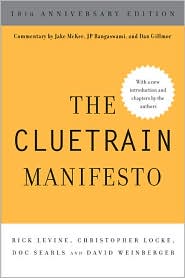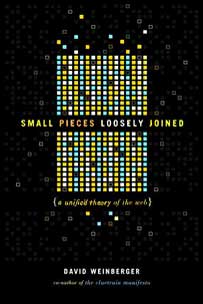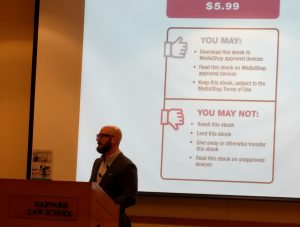June 18, 2018
Filming the first boxing match
Joseph Fagan, an author, writer, TV Show host, and the Official Historian of West Orange Township, has given me permission to post his recounting of the legal waters surrounding the first filming of a boxing match. It’s a fascinating early example of finding analogies in order to figure out how to apply old laws to new technology — and also of how the technological limitations of a medium can affect content.
First filmed boxing match tested the legal waters in WO [West Orange, NJ]
By Joseph Fagan
On June 14, 1894, one hundred and twenty four years ago today, a boxing match was first captured on film. The event took place at Edison’s Black Maria studio giving the world’s first movie studio in West Orange the distinction of being the first place for a filmed boxing match in history. It was a staged six round fight between two lightweight boxers Michael Leonard and Jack Cushing. The filming of this fight at the Black Maria may have violated prize fighting laws but “the technology seemed to surpass the law in a way no one could have predicted”the technology seemed to surpass the law in a way no one could have predicted.
Although boxing was still illegal in New Jersey in 1894 the sport was growing in popularity. The New Jersey penal code had been amended in 1835 to specifically outlaw prize fighting. The art of pugilism as it was also known was banned in the United States at the time. It was illegal to organize, participate, or attend a boxing match. But the law was somewhat unclear on the legality of photographing a boxing match. By the time Edison’s moving picture technology had emerged the law had not yet adopted any provisions for the filming of a boxing match.
An assumption was made that since it was legal to look at a still photograph of a boxing match by extension it therefore was then legal to look at a motion picture of a boxing match as well. The New Jersey legislature could not have anticipated prize fighting films in 1835 when photography techniques were still in its infancy and mostly all experimental.
By the late 1880s the concept of moving images as entertainment was not a new one and not uniquely that of Edison. In 1893 he built the world’s first motion picture studio in West Orange known as the Black Maria. The films produced at this studio were not film as we know it today but short films made specifically for use in Edison’s invention the kinetoscope. This emerging technology not only commercialized moving pictures but also made history as it tested the known boundaries of New Jersey law regarding prize fighting.
The first kinetoscope parlor opened in New York City on April 14, 1894 in a converted shoe store. This date marks the birth of commercial film exhibition in the United States. Customers could view the films in a kinetoscope which sat on the floor and was combination peep show slot machine. Kinetoscope parlors soon increased in popularity and opened around the country. Production of a constant flow of new film subjects was needed at the West Orange studio to keep the new invention popular. Many vaudeville performers, dancers, and magicians became the first forms of entertainment to be filmed at the Black Maria studio.
The filming of the Leonard Cushing Fight demonstrated the potential illegality of the events at the Black Maria but there is no record of a grand jury investigation of the fight. The ring was specially designed to fit in the Black Maria and was only 12 feet square. The fight consisted of six one minute rounds between Leonard and Cushing. One minute was the longest the film in the camera would last so“ the kinetoscope itself was the time keeper” the kinetoscope itself was the time keeper. In between rounds the camera had to be reloaded which took seven minutes. The fight was essentially six separate bouts each titled by round number. In the background five fans can be seen looking into the ring. The referee hardly moves as the two fighters swing roundhouse blows at each other. Michael Leonard wore white trunks and Jack Cushing wore black trunks. Although a couple of punches seem to land both fighters maintained upright stances during the fight. Customers in kinetoscope parlors who watched the final round saw Leonard score a knockdown and was therefore considered the winner.
The first boxing match was filmed and produced by William Kennedy Dickson working for Edison. It remains unclear if Edison was actually at the fight and is reported to have been 40 miles away in Ogdensburg, NJ overlooking his mining operations. In my opinion I doubt very little happened at his West Orange complex without his knowledge or approval. Edison’s confidence is perhaps best understood in a 1903 quote. M. A. Rosanoff joined Edison’s staff and asked what rules he needed to observe. Edison replied, “” There are no rules here… we are trying to accomplish something.””” There are no rules here… we are trying to accomplish something.”
In the face of legal uncertainties regarding New Jersey law in 1894 plausible deniability may have helped Edison as he drifted into uncharted legal waters. No one was ever charged with a crime for filming the first prize fight in history at the Black Maria in West Orange. It simply set the course for future changes until the prohibition against prize fighting in New Jersey was eventually abolished in 1924.
Posted under a Creative Commons Attribution Non Commercial license: CC-BY-NC, Joseph Fagan
Joseph Fagan can be reached at [email protected]









